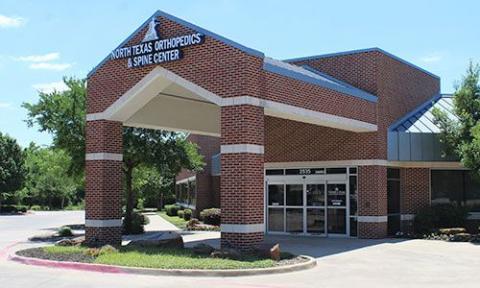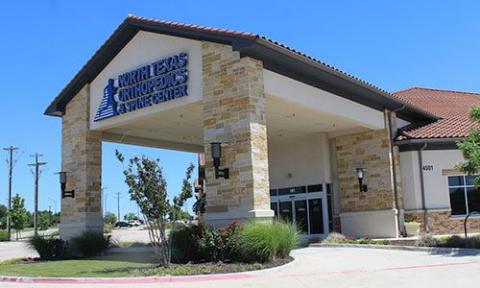Anesthesia monitored care (MAC) plays a vital role in ensuring patient comfort and safety during orthopedic procedures. This specialized approach involves close monitoring by an anesthesia provider, offering tailored sedation and pain management to meet the unique needs of orthopedic surgeries. In this blog post, we’ll delve into the benefits, processes, and importance of anesthesia monitored care in orthopedic settings.

MAC refers to the continuous monitoring of a patient’s vital signs and comfort level during surgery, typically involving minimal to moderate sedation. Unlike general anesthesia, which renders the patient completely unconscious, MAC allows the patient to remain conscious but relaxed. It ensures precise pain control and optimal patient safety throughout the procedure.
MAC is often preferred for orthopedic procedures due to:
MAC is commonly employed for procedures such as:
Anesthesia providers are critical to the success of MAC in orthopedic care. Their responsibilities include:
Recovery after MAC is typically swift, allowing patients to:
Anesthesia monitored orthopedic anesthesia care is a cornerstone of modern orthopedic surgery, ensuring patient safety, comfort, and efficient recovery. Its tailored approach provides a superior experience for both minor and complex procedures. If you are scheduled for an orthopedic surgery, discuss MAC with your healthcare provider to understand how it can enhance your surgical experience.
For more information about orthopedic procedures and anesthesia options, explore our blog or schedule a consultation with one of our specialists today.
See why our patients love our physicians, quality of care, and amazing results.
*Based on Independent Market Research

